10 Wild Animals in Kuwait [Wildlife in Kuwait]
Want to know more about wildlife in Kuwait?
Discover 10 wild animals in Kuwait in this post, as well as interesting facts about them. 🇰🇼
Learn All About Kuwaiti Animals
Ready to learn all about Kuwaiti animals?
I’ve always been fascinated by animals, and by how they can be so different from one country to another. In this guide, we’ll focus on the many animals Kuwait has on the land, in the sky, and underwater.
I’ve split the guide into 6 categories:
- Native animals from Kuwait
- Endangered animals of Kuwait
- What is the national animal of Kuwait?
- How many animals native to Kuwait?
- What is the most common animal in Kuwait?
- What is the rarest animal in Kuwait?
Let’s dive in right away with our first category!
Native Animals from Kuwait
Kuwait is a small Asian country known as an emirate located in the western part of the continent, on the northern edge of the Arabian Peninsula, basking in the Red Sea. It is a very diverse country with inhabitants from more than 100 countries, has been a strategic trade port between Mesopotamia, Persia, and India for centuries, and has had important oil reserves since at least 1938 (the world’s sixth-largest reserves!). It is bordered by Saudi Arabia and Iraq, and its capital and largest city is Kuwait City, which counts more than 3,000,000 inhabitants.
An interesting part of the country that I wanted to tackle is its wildlife. In light of that, I have listed the best of it, and I hope you will love learning what animals live in Kuwait.
Here’s the Kuwait animals list.
1. Arabian sand boa
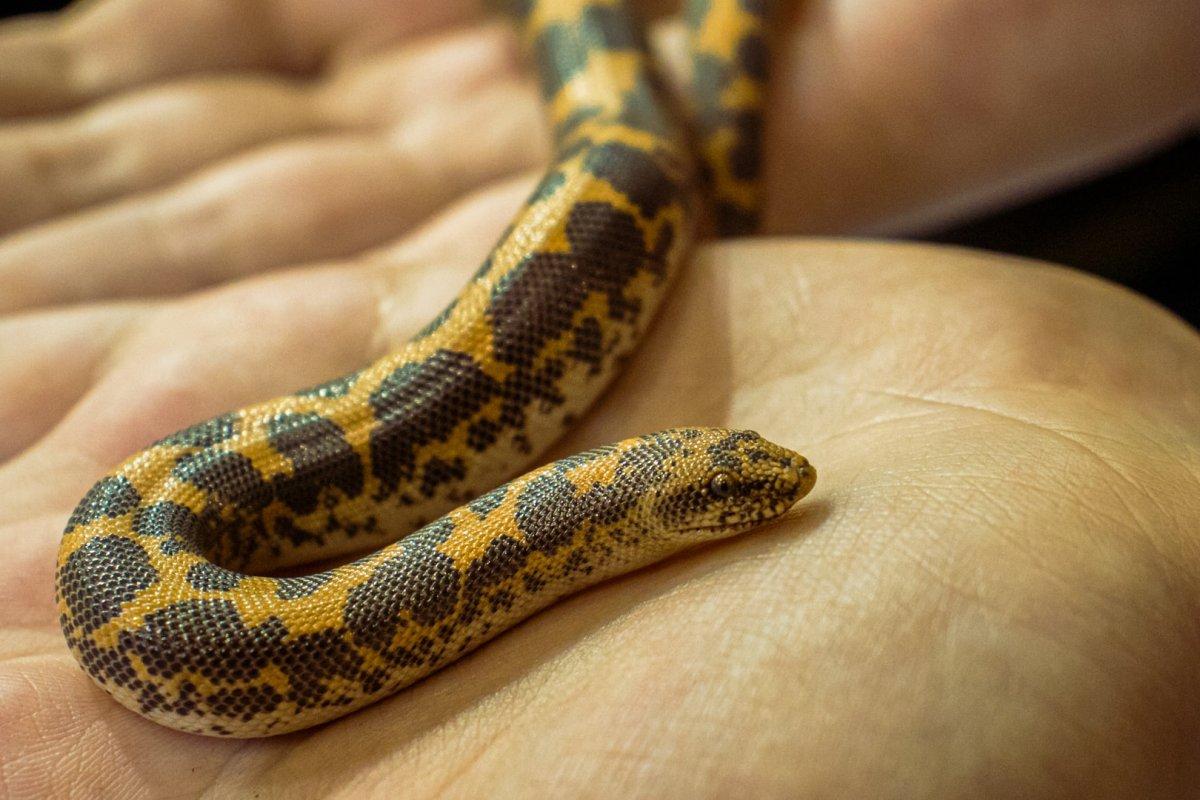
- Name: Arabian sand boa
- Scientific name: Eryx jayakari
- Conservation status:
The Arabian sand boa, also known as the Jayaka’s sand boa, is a species of snake endemic to the Arabian Peninsula and one of the desert animals in Kuwait. It spends the day buried in the sand, and emerges at night, as it is adapted to the cold night temperatures in the desert; it almost only feeds on reptiles such as geckos and lizards.
This boa has a very wide range, being found from Oman and Yemen to Saudi Arabia, Kuwait, and Iran.
2. Indo-Pacific humpback dolphin
- Name: Indo-Pacific humpback dolphin
- Scientific name: Sousa chinensis
- Conservation status:
The Indo-Pacific humpback dolphin, also known as the Chinese white dolphin, is a species of dolphin living in coastal waters of the Indian and the Pacific Oceans.
This dolphin lives in small groups of fewer than 10 members, and they use echolocation for navigation and hunting: speaking of which, it mostly feeds on fish. Sadly, this dolphin is listed as vulnerable to extinction and has to face myriads of threats, the most important of them being water and plastic pollution.
3. Striped hyena
- Name: Striped hyena
- Scientific name: Hyaena hyaena
- Conservation status:
The striped hyena is a species of hyena native to the Middle East, the Caucasus, East Africa, Central Asia, and the Indian subcontinent. Not to be confused with its close relative, the spotted hyena or the laughing hyena, it is a threatened species with fewer than 10,000 mature individuals in the wild. This scavenger has to face intentional persecution, as well as depletion of prey, and its population is expected to decline more than 10 percent over the next 3 generations.
4. Fennec fox
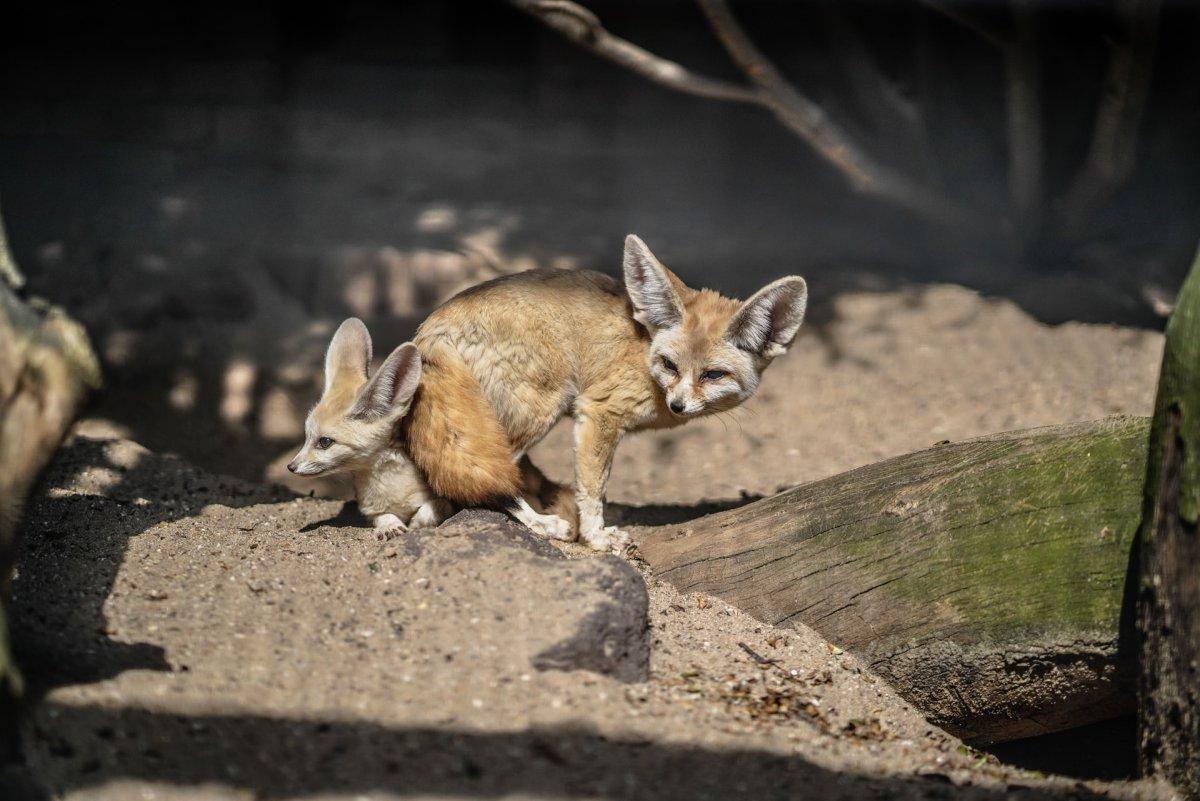
- Name: Fennec fox
- Scientific name: Vulpes zerda
- Conservation status:
The fennec fox is a small species of fox native to the deserts of North Africa and the Arabian Peninsula. It is a very important cultural symbol in North Africa, and is quite iconic: with its unusually large ears, which are used for thermoregulation, it is the smallest of all canids and is sometimes an exotic pet.
This fox is carnivorous and feeds on small mammals, insects, and birds.
5. Crab plover
- Name: Crab plover
- Scientific name: Dromas ardeola
- Conservation status:
The crab plover is a species of bird native to the eastern coast of Africa, Madagascar, and the Middle East. As its name suggests, it mostly feeds on crabs, but also on some other small animals.
This bird usually stays in large groups of up to 1,500 pairs, and nests in burrows on sandy banks. Chicks of this species are unique in the sense that they can’t walk until at least 7 days after hatching.
6. Short-toed snake eagle
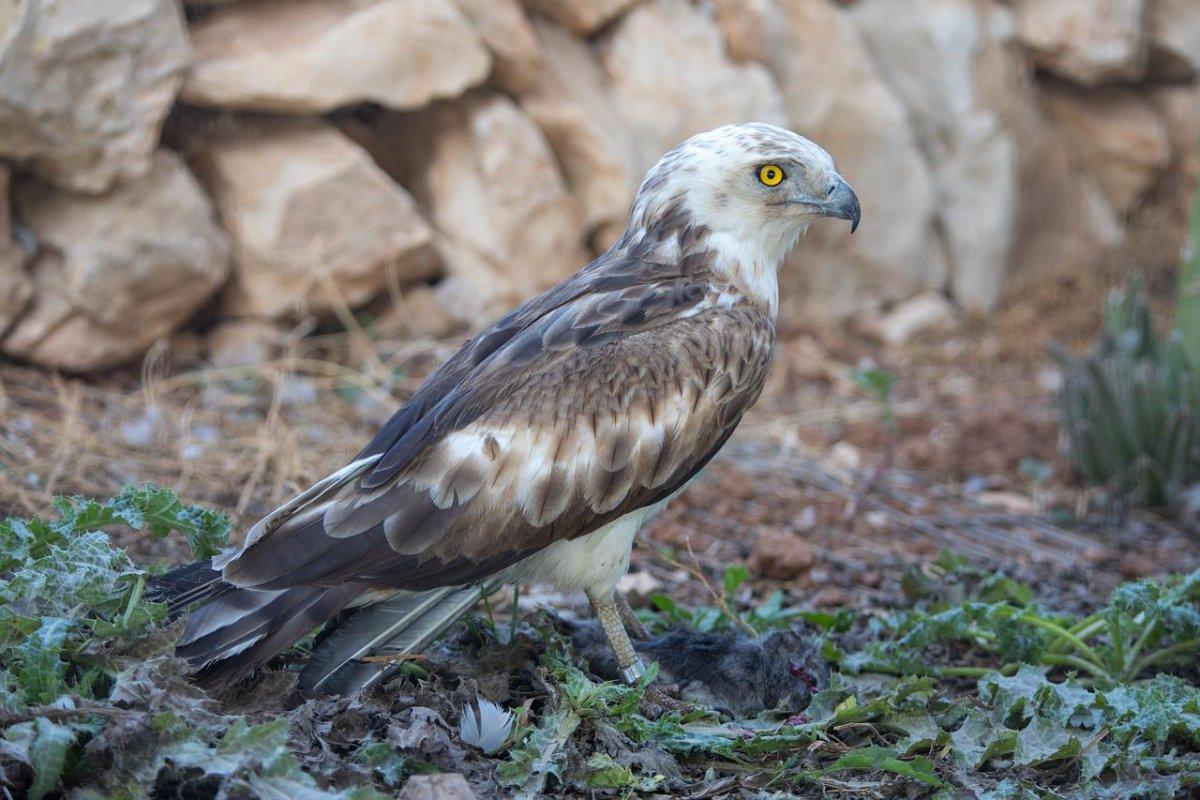
- Name: Short-toed snake eagle
- Scientific name: Circaetus gallicus
- Conservation status:
The short-toed snake eagle, also known as the short-toed eagle, is a medium-sized species of bird of prey that belongs to the same family as kites, harriers, and buzzards. It inhabits much of the Mediterranean basin and into the Middle East and Russia.
The diet of this eagle is mostly made of snakes, as its name suggests, but it also feeds on lizards, small mammals such as rabbits and hamsters as well as insects.
7. Desert hedgehog
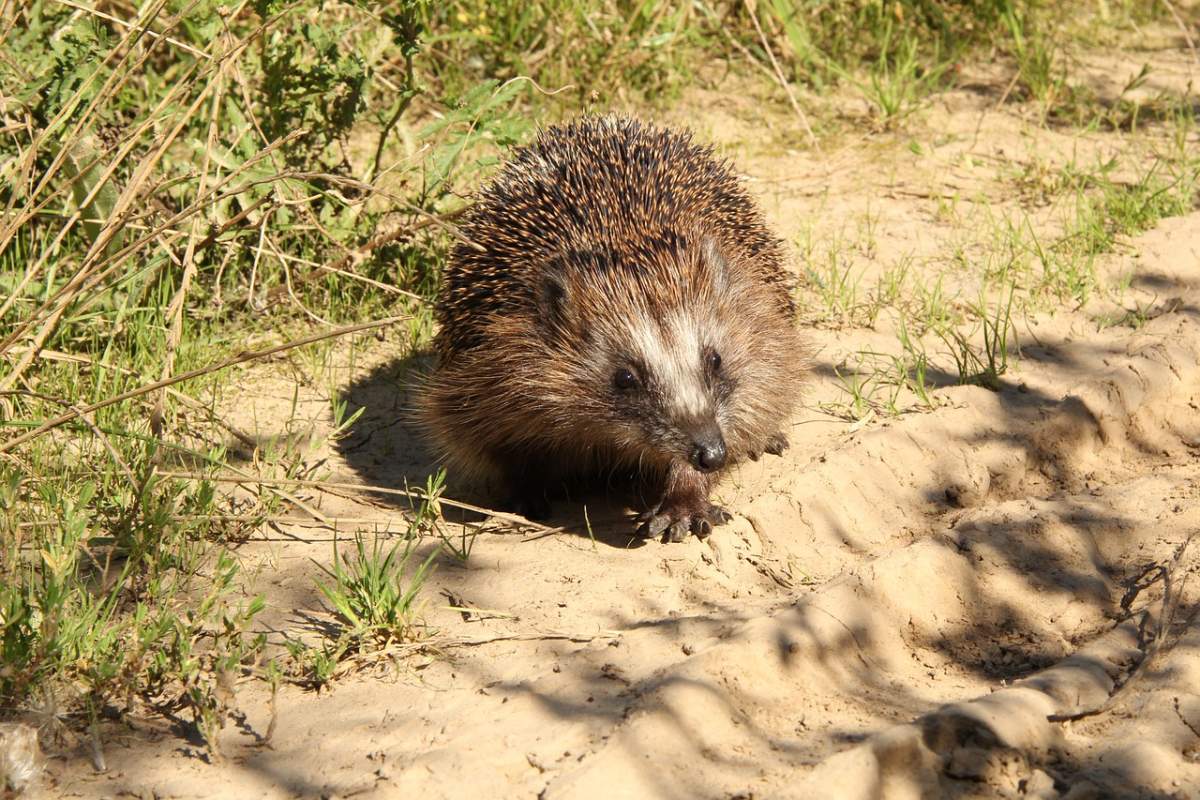
- Name: Desert hedgehog
- Scientific name: Paraechinus aethiopicus
- Conservation status:
The desert hedgehog is a species of mammal native to northwestern and northeastern Africa, as well as much of the Arabian Peninsula. Its hibernation ends in March when breeding begins. Females give birth to up to 6 young, usually in a concealed nest or burrow, after a gestation of about 30 to 40 days.
This hedgehog, thanks to its wide distribution, large numbers, and tolerance to habitat changes, is listed as least concern.
8. Saudi gazelle
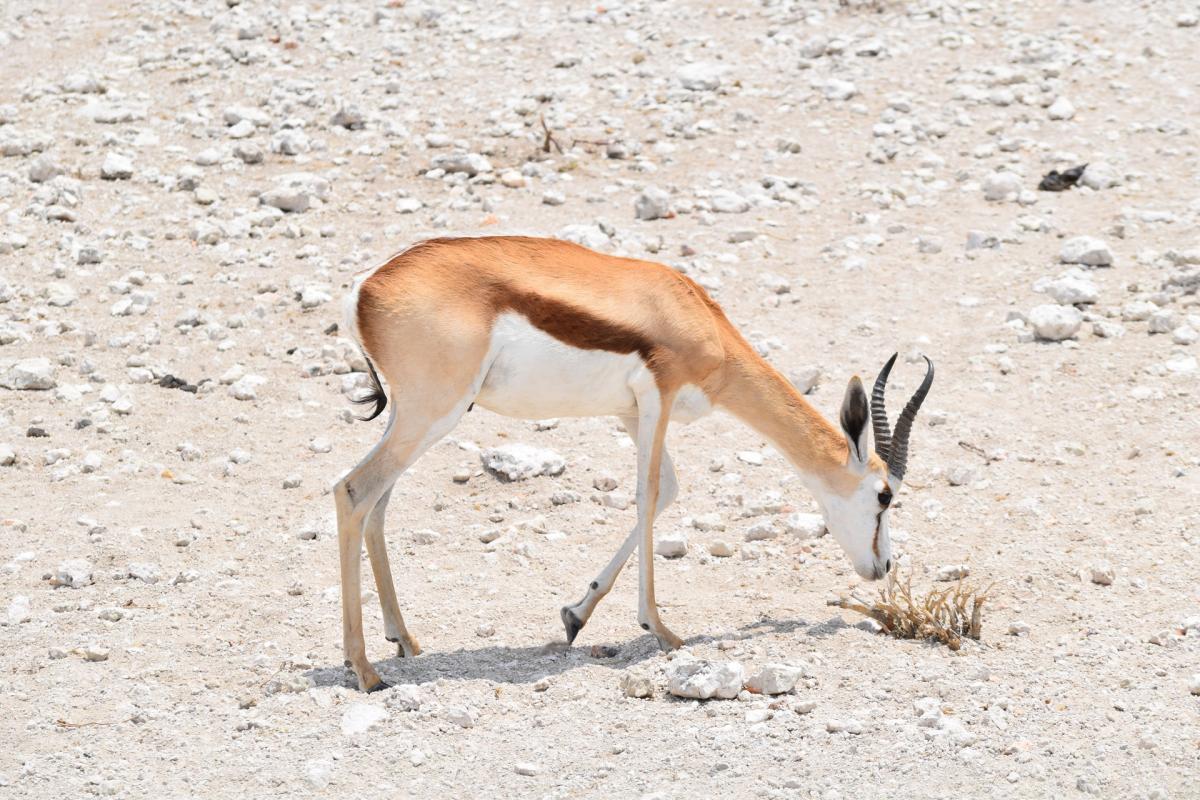
- Name: Saudi gazelle
- Scientific name: Gazella saudiya
- Conservation status:
The Saudi gazelle is a species of gazelle that was native to the Arabian Peninsula. After being last observed in the wild in 1970, it was officially declared extinct in the wild in 1996, and later completely extinct in 2008.
This gazelle had always been rare and on the decline because of overhunting: in fact, after being seen in 1970, it had not been seen for several decades. It used to inhabit the sandy and gravel plains with acacia trees in the northern and western Arabian Peninsula, from Kuwait to Yemen.
9. Egyptian spiny-tailed lizard
- Name: Egyptian spiny-tailed lizard
- Scientific name: Uromastyx aegyptia
- Conservation status:
The Egyptian spiny-tailed lizard is a species of lizard endemic to North Africa and the Middle East. Also known as the Leptien’s mastigure or the Egyptian mastigure, it has been long exploited by local people, mostly for its meat which is considered a good alternative source of protein, and its leather, ideal because of its strong skin.
This lizard is considered vulnerable to extinction because of over-harvesting and habitat loss.
10. Caracal
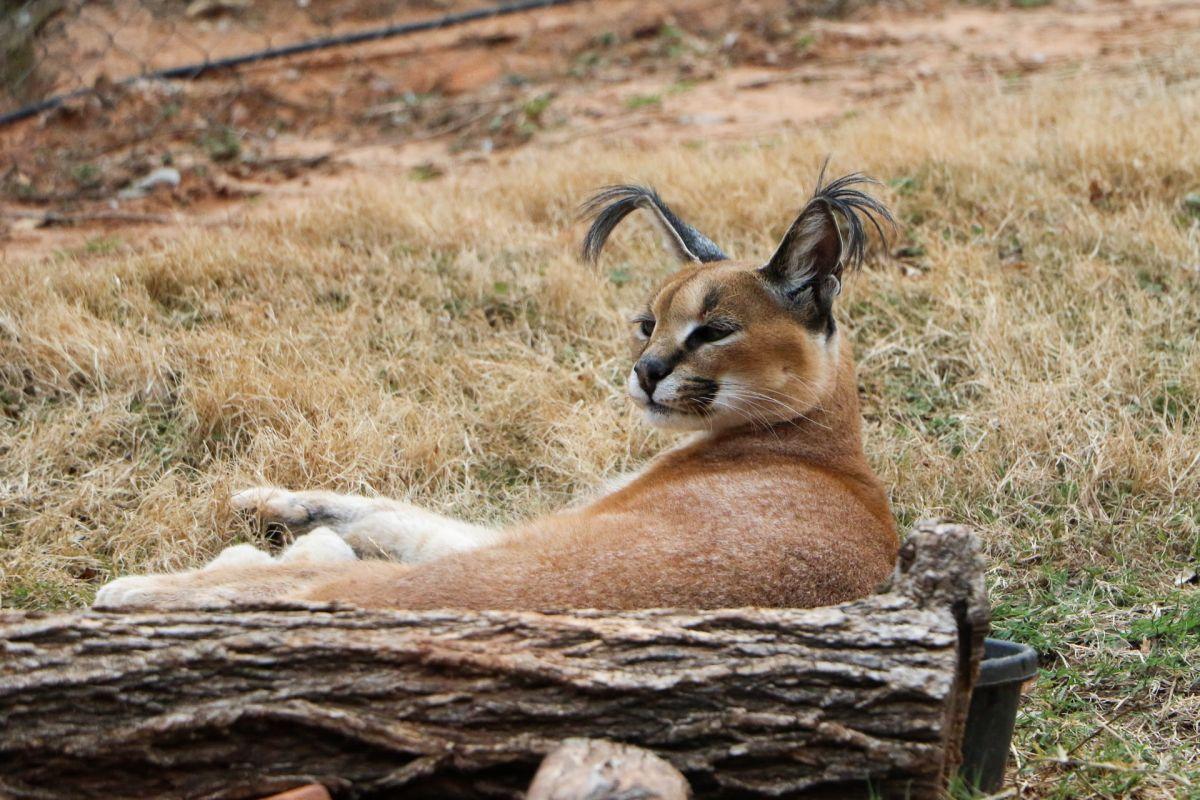
- Name: Caracal
- Scientific name: Caracal caracal
- Conservation status:
The caracal is a medium-sized species of wild cat native to the Middle East, Central Asia, the Indian subcontinent, and Africa. It has long legs and a short face, as well as a sandy coat.
This cat species is exclusively nocturnal and highly secretive and alert, which is why it is particularly difficult to observe. It stalks its prey and waits to be within 5 m / 16 ft of it before running it down and killing it with a bite to the throat.
—
So there you have them, these were my 10 wild animals in Kuwait. I hope you enjoyed this list and that you learned something new today.
In case you want to learn more about animals in the country, feel free to keep reading, as I still have lots of things to tell you about:
Endangered Animals of Kuwait
This is definitely the saddest part of the list, but it is very important to raise awareness. Because of this, let’s go through the list of endangered animals in Kuwait.
Here are the animals in danger of extinction in Kuwait.
- Saudi gazelle
- Sociable lapwing
- Sand tiger shark
- Great hammerhead
- Hawksbill turtle
- Slender-billed curlew
- and 7 more…
- Steppe eagle
- Egyptian vulture
- Gray reef shark
- Green turtle
- Saker falcon
- and 16 more…
To see the full list of endangered species in Kuwait, head over to the International Union for Conservation of Nature’s Red List.
What is the National Animal of Kuwait?
The national animal of Kuwait is the dromedary.
The dromedary, also known as the dromedary camel, the Arabian camel, or the one-humped camel, is a large species of even-toed ungulate closely related to the camel, although it has a major difference: it only has one hump on its back.
The dromedary has long been a very important means of transportation in the Middle East, and it has been domesticated as early as 4,000 years ago. It is still used nowadays for riding and as a beast of burden and is also a popular tourist attraction.
How Many Animals Native to Kuwait?
What is the diversity of native animals in Kuwait?
Let’s look at the total number of species of Chordata (mammals, birds, fishes, and reptiles).
Total number of animal species in Kuwait: 844 (5,029 in total in West and Central Asia)
What is the most common animal in Kuwait?
On top of being the national animal, the dromedary is the most common animal in Kuwait.
In fact, it is a very strong and docile animal that is ideal for riding. Despite modern transportation spreading more and more, the dromedary remains an efficient mode of communication, especially considering all the remote and isolated areas that Kuwait has. It has also been used for war since the 2nd century BC, particularly because it can outrun horses in the desert!
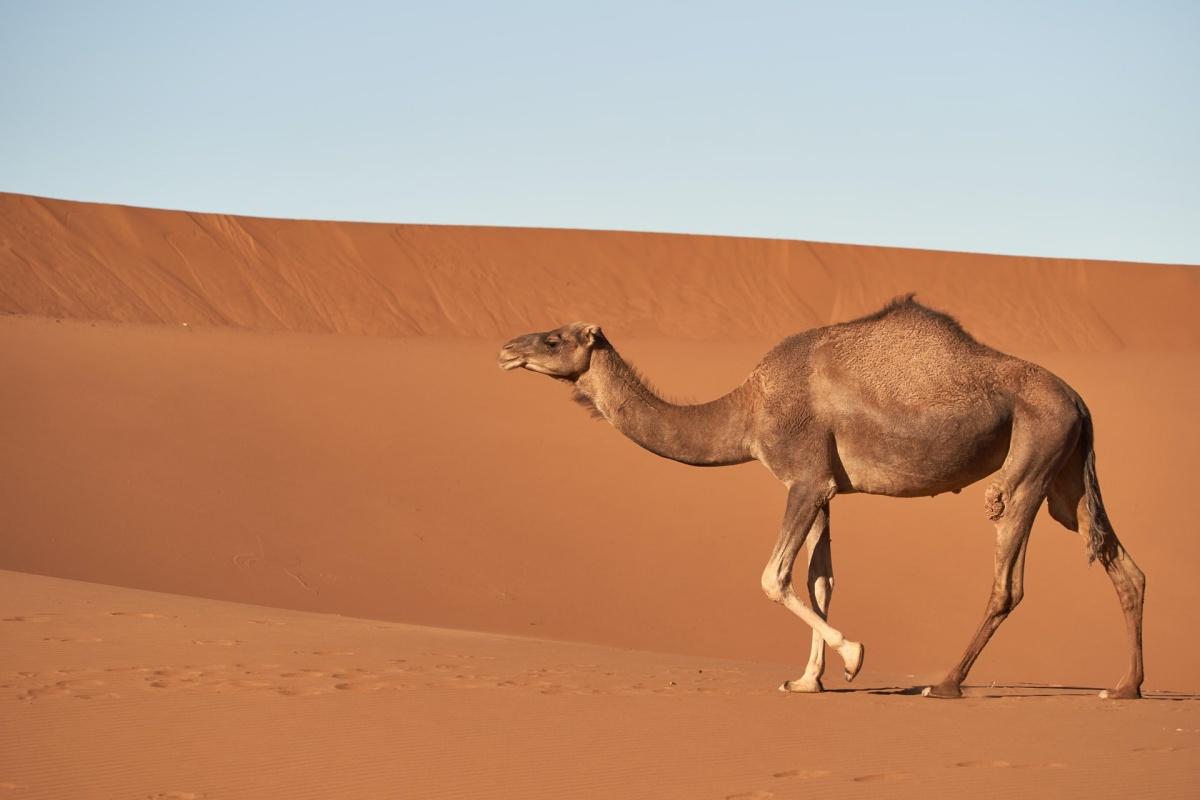
What is the rarest animal in Kuwait?
The rarest animal in Kuwait is… the Acropora coral!
And yes, in case you didn’t know, corals are actually animals rather than plants. The Acropora is a small type of stony coral, sometimes known as elkhorn coral, staghorn coral, or table coral. It is basically the structure of any type of coral reef, and it supports the thin living skin of the reef. Not only in Kuwait but also in the rest of the world, this coral’s population has drastically declined because of environmental destruction, pollution, oceanic acidification, and global change.
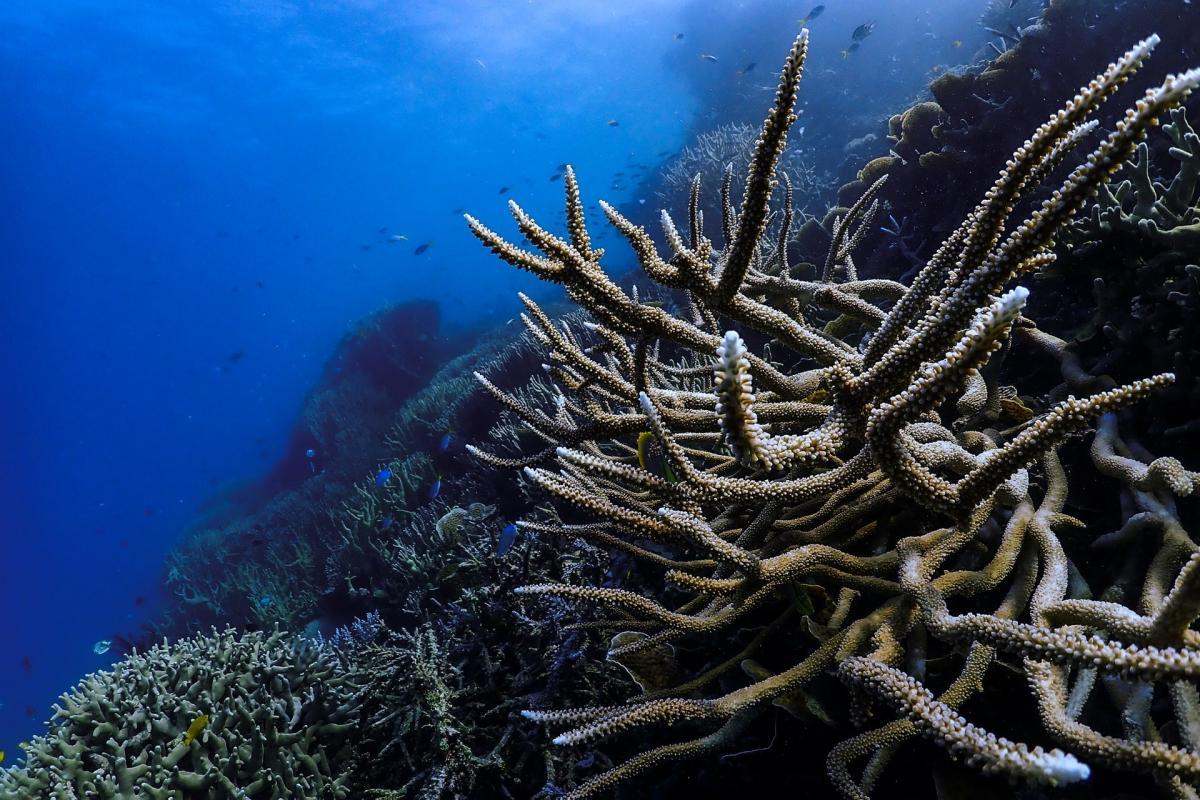
More About Animals in the World!
Loved these Kuwaiti animal facts? Want to see what animals live in other countries?
Then check out these posts:
Or click here to see ALL the facts up on the blog! Spoiler alert: there’s A LOT of them.
Share the knowledge! Click on the buttons below to share information about these famous animals in Kuwait with your friends, and help them learn more about the world 🙂
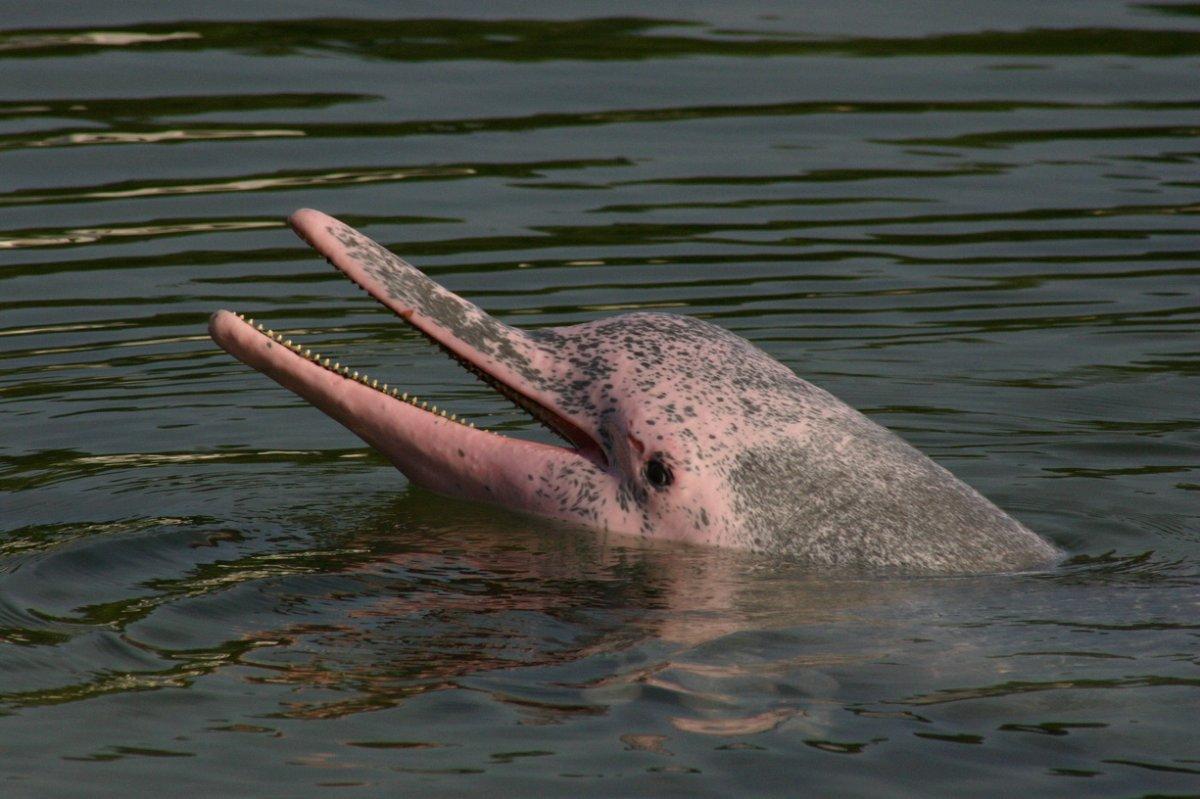
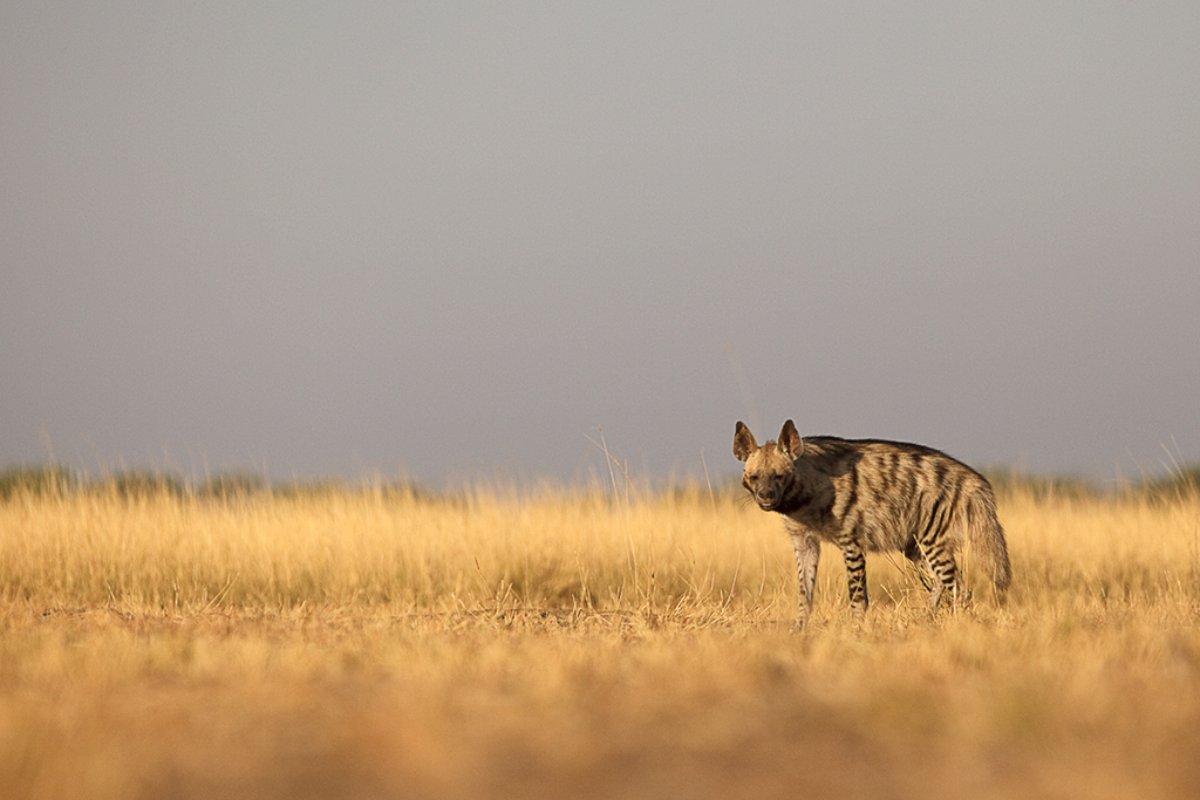
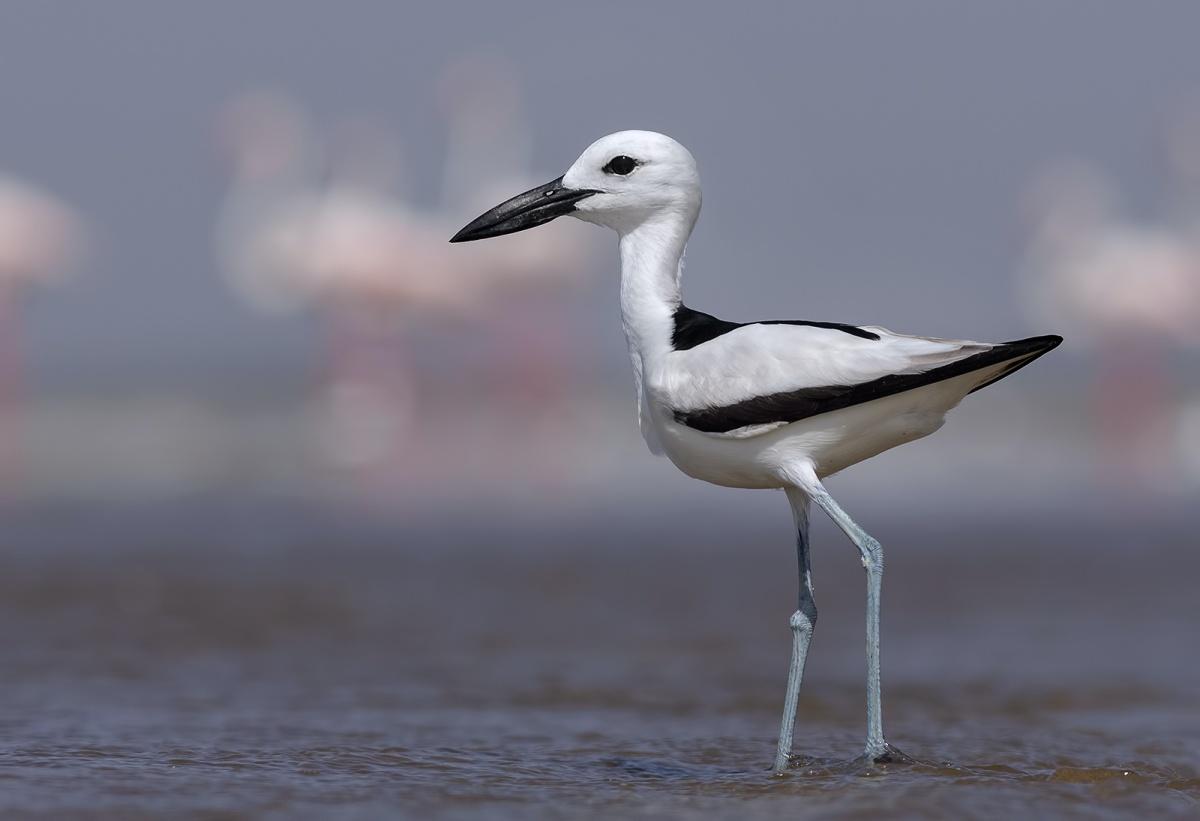
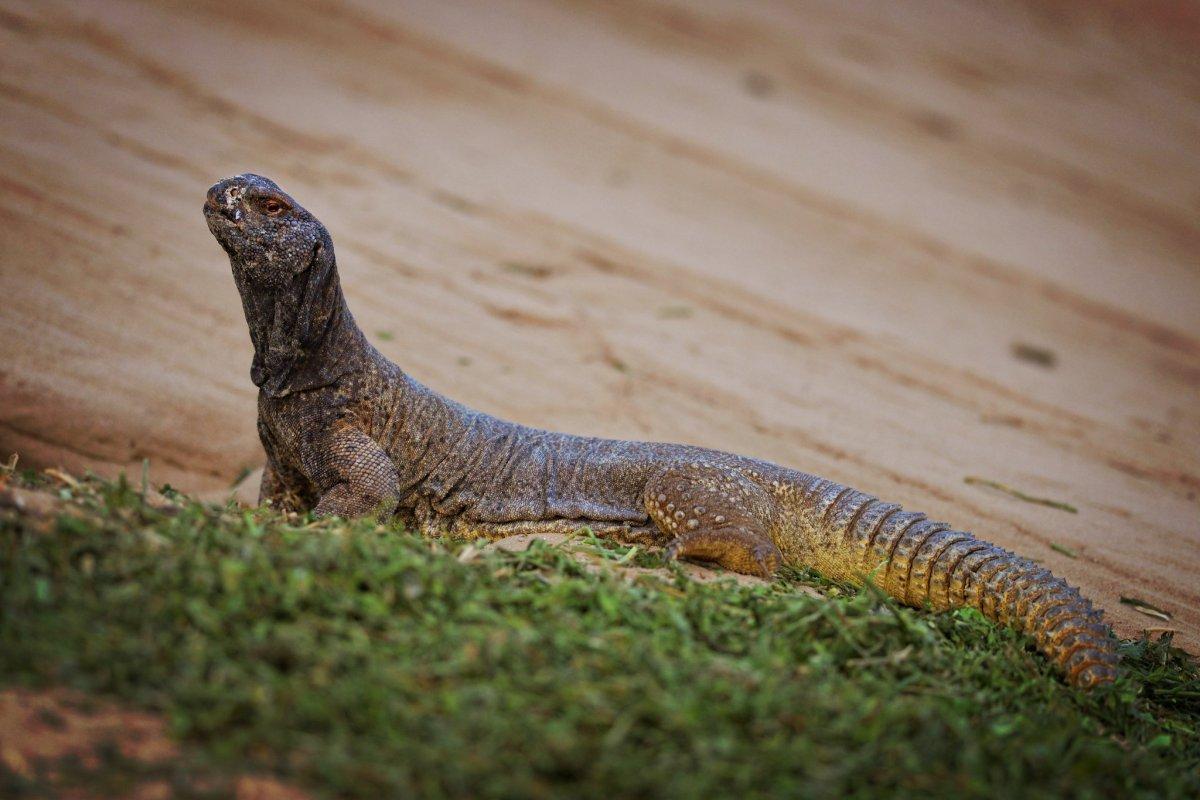

![24 Wild Animals in Vietnam [Wildlife in Vietnam]](https://www.kevmrc.com/wp-content/uploads/2022/12/24-wild-animals-in-vietnam.jpg)
![13 Wild Animals in Comoros [Wildlife in Comoros]](https://www.kevmrc.com/wp-content/uploads/2022/12/13-wild-animals-in-comoros.jpg)
![13 Wild Animals in Tajikistan [Wildlife in Tajikistan]](https://www.kevmrc.com/wp-content/uploads/2022/12/13-wild-animals-in-tajikistan.jpg)